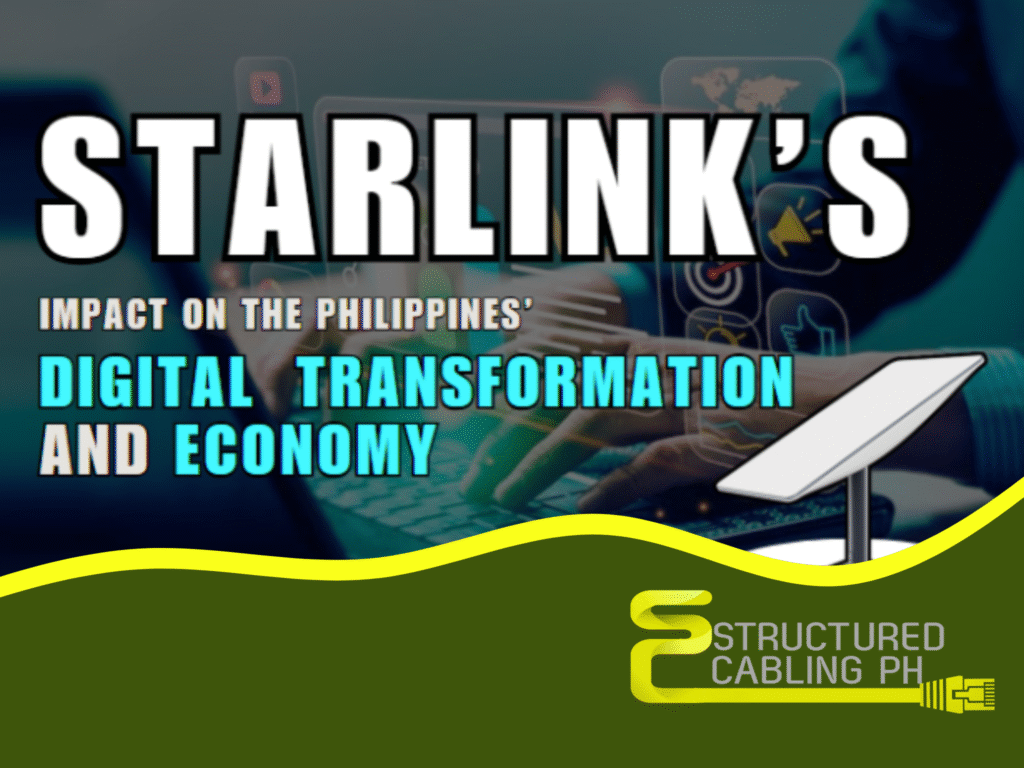From disconnected islands to connected futures, how satellite internet is reshaping the Filipino digital landscape.
In today’s fast-paced digital world,
internet access is more than just a convenience. It’s a lifeline for education, business, government services, and innovation. For a country like the Philippines, made up of over 7,000 islands, bridging the digital divide has long been a challenge. But now, a bold new player is helping change that:
Starlink.
As SpaceX’s satellite internet system rolls out across the archipelago, it’s doing more than just providing faster Wi-Fi—it’s pushing the country closer to a truly
digitally inclusive economy.
The Connectivity Gap in the Philippines
While major cities like Manila, Cebu, and Davao enjoy high-speed internet, millions of Filipinos in rural and island communities remain underserved. Limited infrastructure, expensive deployment costs, and geography have made it difficult for traditional providers to reach these areas.
This has held back progress in:
- Online education
- Remote work
- E-commerce and digital entrepreneurship
- Telemedicine
- E-governance
Without reliable internet, many communities are excluded from the benefits of the digital age. That’s where Starlink comes in.
What Makes Starlink a Game-Changer?
Starlink uses a constellation of low-Earth orbit (LEO) satellites to provide high-speed, low-latency internet
anywhere with a clear view of the sky. Unlike the
traditional internet, it doesn’t need cables or cell towers. A dish, a router, and a power source are all that’s required.
This makes it perfect for:
- Remote barangays
- Mountain communities
- Island municipalities
- Disaster-prone areas
Economic Impact: Empowering More Than Just Connections
By bringing internet to previously unconnected areas, Starlink is helping unlock real economic potential across the country:
Boosting Remote Work and Digital Jobs
With more people able to access stable internet, opportunities in freelancing, virtual assistance,
customer support, IT, and other digital fields are growing, no need to move to the city.
“I used to travel 3 hours just to get a signal for my online job,” says Marie, a VA from Northern Samar. “Now I work from home every day, thanks to Starlink.”
Supporting MSMEs and Online Sellers
Micro, small, and
medium enterprises (MSMEs), the backbone of our economy are now able to join e-commerce platforms, process digital payments, and promote their products online even from remote towns.
Enabling Digital Government Services
More LGUs are turning to e-governance. With Starlink, even remote municipal halls can offer online services like civil registration, disaster response coordination, and teleconsultations.
Empowering Agriculture and Fisheries
Farmers and fisherfolk now have access to weather updates, pricing tools, and training videos. Some are even starting to sell produce through social media and delivery apps.
Driving Digital Transformation in Education and Health
Education
Students in underserved areas can now join virtual classes, access e-learning platforms, and participate in STEM programs, helping close the learning gap between rural and urban youth.
Health
Rural health centers can use telemedicine platforms,
access cloud-based records, and consult with specialists—all crucial in a country where many areas are hours away from hospitals.
Starlink’s Role in Building a Future-Ready Nation
The Philippines has long dreamed of becoming a
digital economy leader in Southeast Asia. For that to happen, digital infrastructure must extend beyond cities and Starlink helps make that possible.
By expanding access to high-speed internet, Starlink supports:
- Innovation in tech and startups
- Digital literacy and education
- Efficient public service delivery
- National disaster resilience
Challenges to Watch
Of course, no solution is perfect. Some current limitations include:
- Cost – The hardware and monthly subscription can be high for low-income families.
- Weather sensitivity – Strong rain may slightly affect signal quality.
- Limited awareness – Many rural areas still don’t know Starlink is available.
But with proper planning, partnerships with LGUs, and possible government subsidies, these challenges can be addressed over time.
A Connected Future for Every Filipino
Starlink is not just bringing the internet, it’s bringing opportunities. It’s giving more Filipinos the chance to
work, learn, grow, and thrive in a digital world, no matter where they live.
As the Philippines continues to push forward with its digital transformation agenda, the inclusion of satellite technology like Starlink plays a key role in making sure
no island, no community, and no citizen is left behind.


